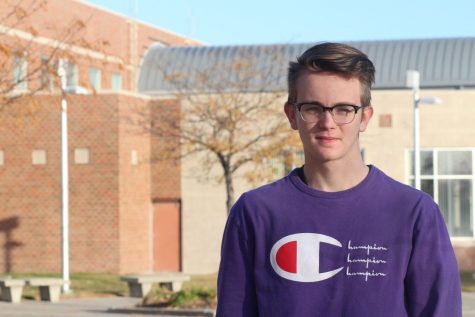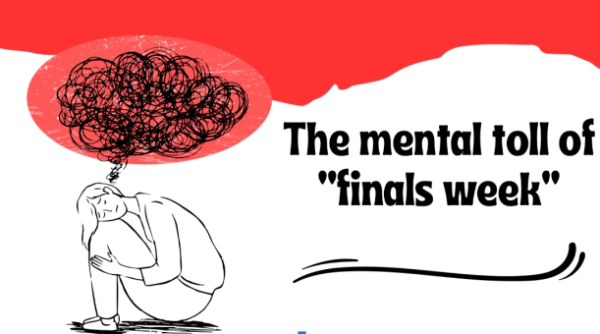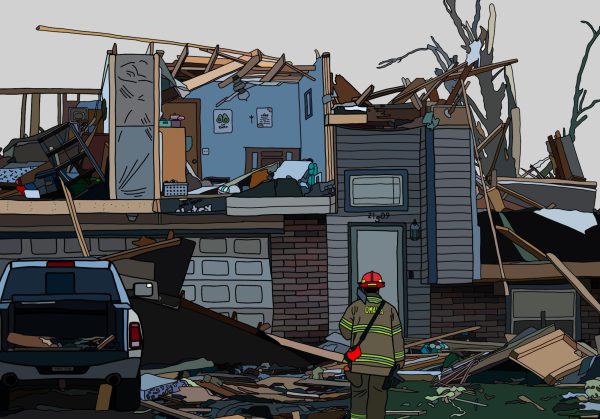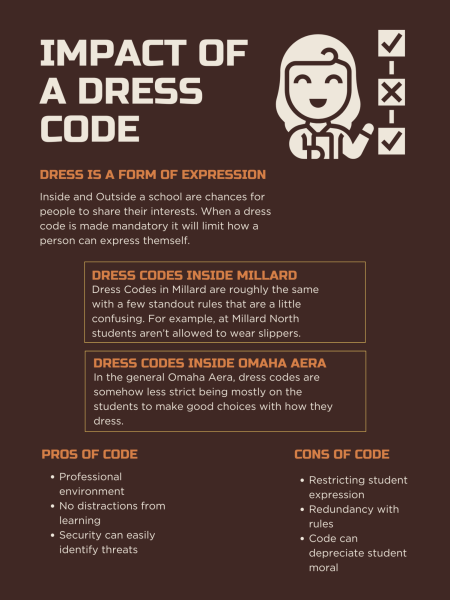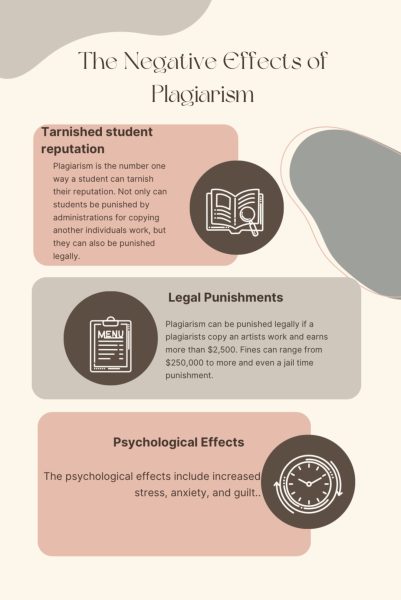Autism Awareness Month: A celebration?
Every April, the world acknowledges Autism Awareness Month, but is it helping autistic peoples?

picture courtesy of beaumontcvb.com
May 2, 2019
Since 1999, the month of April has been designated as Autism Awareness Month, and within the last several years it has grown to grab the world’s attention. Particularly on April 2nd, the globe is covered in blue: World monuments are cast in blue lights, every-day people will be wearing blue clothes, and companies will be hawking blue products. April is when advocacy group Autism Speaks “celebrates” its international “Light It Up Blue” campaign.
But while people see blue everywhere, parents of autistic children see red. The feel-good theme of Light It Up Blue cloaks an often debilitating disorder in an air of festivity, with balloons, sparkling lights and pep rallies. The campaign implies autism is a party, rather than a crisis. For families living with autism, reality is far more sober, and their needs extend far beyond “awareness.”
Alissa Kepplin, mother of an autistic child, says, “As a mom to a young women with autism, I eat, sleep and live autism every day.”
Her daughter, Abby, can barely speak a word and has been abused at public schools before eventually being homeschooled by her mother. She used to have terrible grand mal seizures from ages 6 to 10, and is wracked with anxiety. It’s a constant struggle for Alissa, having to cut her food, tend to her monthly feminine needs and help her bathe.
“She will need that daily living assistance forever; when I die, a stranger will have to do those things for them. That’s why I shiver at the festive tone of April and the suggestion that the circumstance of my daughter’s existence is to be celebrated. For me, this should be a month of solemn acknowledgement and education about a global crisis.”
Yet, Autism Speaks talks about World Autism Awareness Day as an event that “celebrates the unique talents and skills of persons with autism.” Alissa is all for honoring the achievements of people with autism, but she believes the term “unique talents and skills” hardly describes the reality of the problem.
This seems to be the tone increasingly used in conversations about the disorder. Some advocates suggest autism is advantageous, even a gift. Before backtracking on his comments last year, Jerry Seinfeld said he believed he was on the autism spectrum, casting it not as a disorder, but “an alternative mindset.” Parents in Alissa’s situation know otherwise and are infuriated with this attitude.
Let’s be clear, Autism is no walk in the park for those who have it, nor for their loved ones. The National Autism Association, the leader in autism safety information, reports that 48 percent of autistic children wander or run away from a safe environment, a rate nearly four times higher than their non-autistic siblings. Accidental drowning accounts for about 91 percent of deaths of autistic children under 14 years old after those wanderings. These children also face horrific bullying and teasing. For instance, an Ohio high school student with Asperger’s Syndrome, a type of autism, was the victim of an Ice Bucket Challenge “prank” (really, an assault) when three teens dumped a mixture of urine, tobacco and spit on his head.
Even after high school, young adults with autism face a bleak quality of life, with lower employment rates than those with other disabilities. According to a study done by the NCBI, just 35 percent of autistic young adults had attended college and only 55 percent had been employed during their first six years after high school.
I understand the impetus to raise awareness about autism. Much of the world does not think about autism 24-7, at least not yet. Today, about one in 68 children is diagnosed with autism spectrum disorder, a sharp increase from the autism rate just a decade ago. It is the fastest growing developmental disorder, and MIT scientist Stephanie Seneff goes as far to predict that half of children born in 2025 will be autistic. Certainly, a disorder so common deserves at least a month dedicated to educating people about its effects and raising money for critical social programs that can make autistic people’s lives happier, healthier and safer.
But illuminating the Eiffel Tower in blue does more to promote an organization than to improve the lives of autistic people and their caretakers. Celebrating talents does little to educate the public on the intense challenges of the diagnosis and the tough aspects of living with the disability. What the autism community needs isn’t a party, but a sense of urgency and true crisis. They need advocates committed not only to getting them the acceptance they deserve, but also the critical help they require to survive, in the form of social programs, education, safety and employment opportunities.
If you’re compelled to contribute to Autism Awareness Month, I suggest you make a donation to a local organization such as the Autism Center of Nebraska that is actively helping families in the state. Instead of attending pep rallies and wearing blue bracelets, give to an organization that provides service dogs for autistic children or volunteers as an autism buddies. If your child has a classmate on the spectrum, invite that classmate to your child’s next birthday party. You know that cashier at the grocery store who doesn’t look at you as she takes care of your order? Smile at her, even if she does not smile back. The best way people can support Autism Awareness Month is to turn it into Autism Action Month. People with autism deserve a bright, not just a blue, future.

